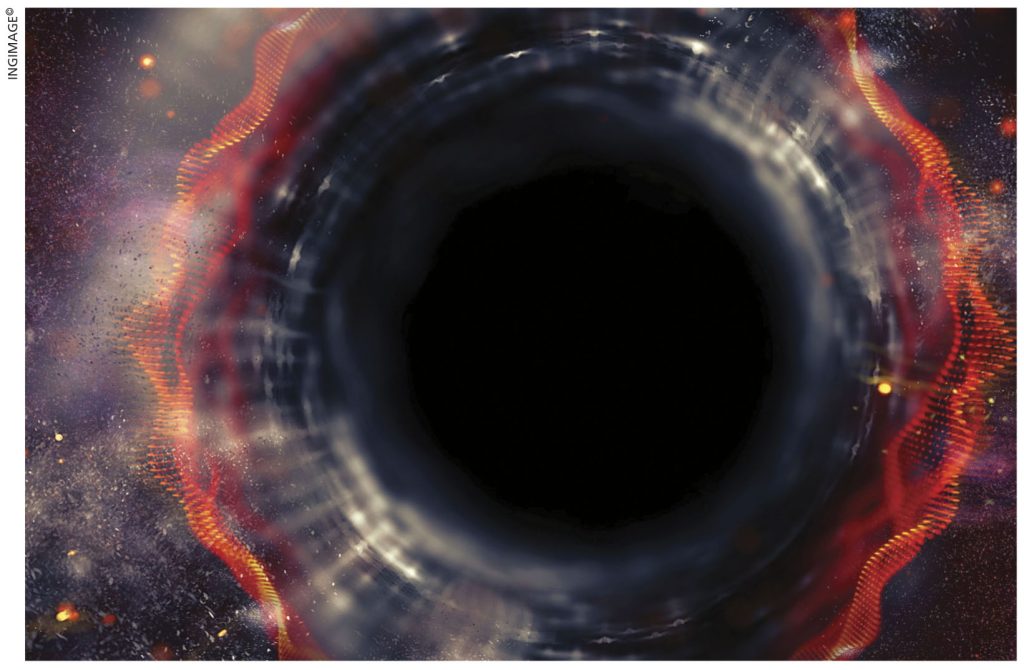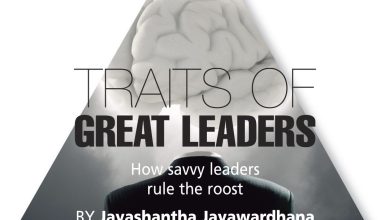DATA PROTECTION
THE NEW DIGITAL DARK AGE
Manilka Ediriweera tracks the evolution of the digital age and information

We live in an age of endless information, which ranges from what’s been verified and found to be accurate, to AI generated and unverified data. And the world today is inundated by digital data.
Given this reality, our phones have become diaries, cameras, maps, albums and (in a way) memory banks, where we capture every moment, document every experience, and share them on social media platforms, digital clouds and various apps.
And we do so in the belief that all this information will last forever.
But what if it doesn’t?
While ancient manuscripts and carvings from thousands of years ago still survive today, you may have found that at times you’ve lost your digital data or pursued broken links to a page that once meant something.
That is the reality of the world of digital data.
While we often regard it as being superior to that of the old analog world, the truth is that it can fail us at any given moment.
One of the best examples of this is the demise of MySpace, which was once a cultural phenomenon and social networking site. Founded in 2003, it allowed users to connect with their friends and express themselves while focussing on large volumes of music.
However, it went from being a cultural phenomenon to nothing overnight after losing every iota of content that was uploaded to the site before 2016. These included millions of songs, photos and videos that had only one home on the internet – and they suddenly vanished forever.
At a time where we’ve moved from physical records to digital files – whether they’re photo albums, letters or books – on the assumption that these are permanent, the reality is that they’re more vulnerable than ever.
Our digital data is under constant threat from hardware degradation, software incompatibility and the sheer abundance of content. So our data, which we thought was permanent, can vanish instantly.
Perhaps we’re also growing accustomed to this because of the systems we rely on. From disappearing messages on messaging platforms to stories that last only 24 hours, it’s almost as if we are being trained to think of our data as being disposable.
Information and communication specialist Terry Kuny warns us about this and refers to it as the ‘digital dark age’ – a time when much of what we know today and store or write digitally will one day be lost forever.
He stresses the importance of preserving digital objects of today because our failure to do so could leave future generations with gaps in knowledge. And Kuny isn’t the only person to raise concern about how we decide what to keep or let go – and how the present will be remembered if we don’t preserve it.
In terms of preserving digital data, several factors can threaten this undertaking. They include hardware decay, software incompatibility and the sheer overload of data.
So can anything be done about this?
Well, there are solutions – and a few that are simpler than others. Some of the easiest ways to safeguard your digital data is by storing multiple backups in different formats such as USBs and hard drives without placing your trust on a single cloud platform to hold everything.
Another option is to return to and embrace analog modes such as vinyl records, Polaroid pictures and handwritten journals.
At the same time, certain institutions and organisations are trying on a larger scale to preserve cultural memory through various initiatives such as building tools to store records, safeguarding data in arctic vaults and creating digital libraries that provide free access to countless collections of digitised materials.
While preserving our digital data is essential, there’s also the question of what should be preserved. The truth is that the more data we create, the more AI generated content, spam and fake data there will be.
Some say that we should save everything and let future generations figure out what matters to them while others emphasise the importance of curation.
So while preservation is necessary, it’s important to curate data wisely – because in an age of endless information, how do we remember what’s truly important?
This challenging task isn’t simply for tech giants or organisations; it’s a call for each of us to be prudent about what we store and preserve, to create a meaningful collection of data for the future.
If we want future generations to understand our present reality, we must start acting as if our data matters – because one day, our seemingly trivial digital data may be important sources of information for future historians in the same way ancient tablets are to us today.
Whether it’s a photo we take or the stories we share, this data is more than simply content. And it’s not acceptable for us to treat this digital treasure as being dispensable.
It’s important to curate data wisely





